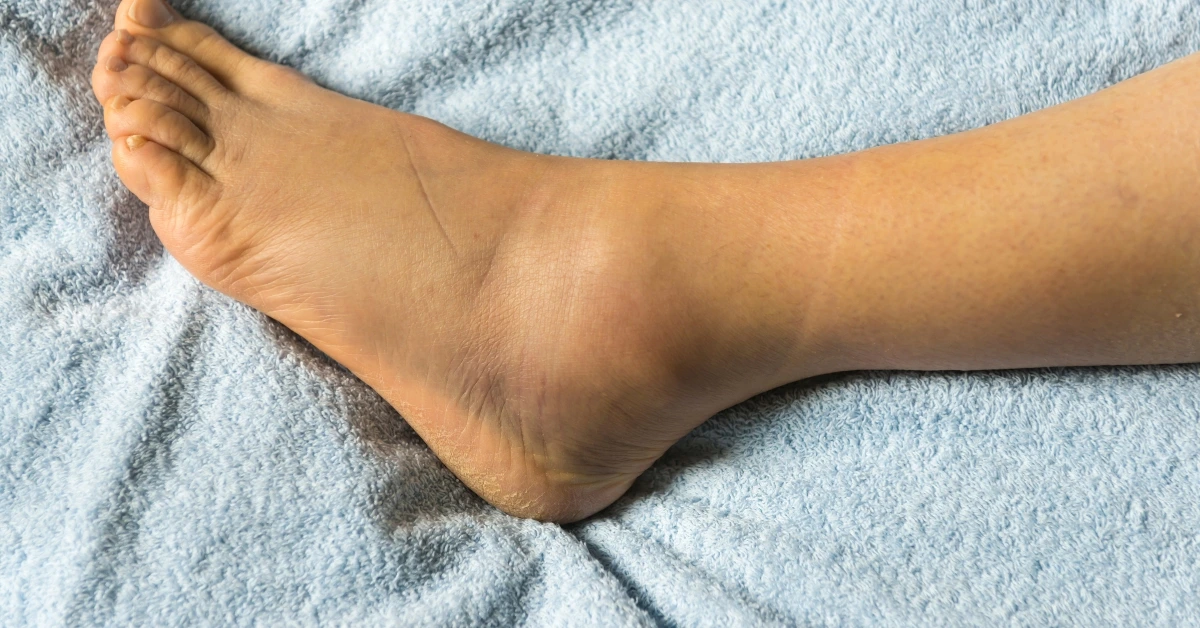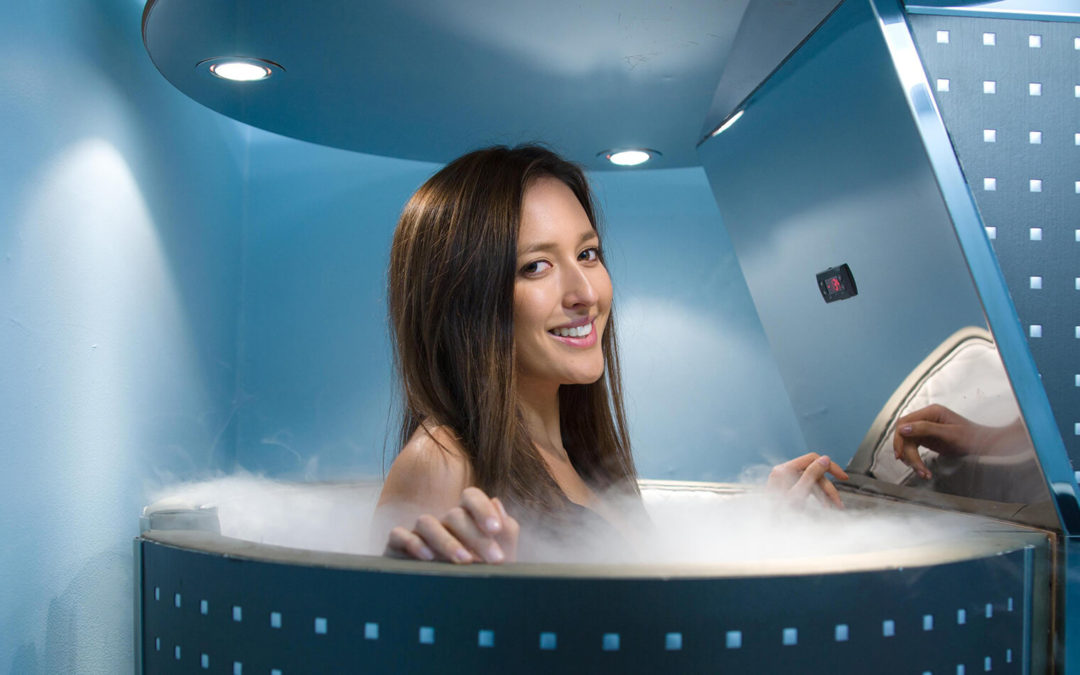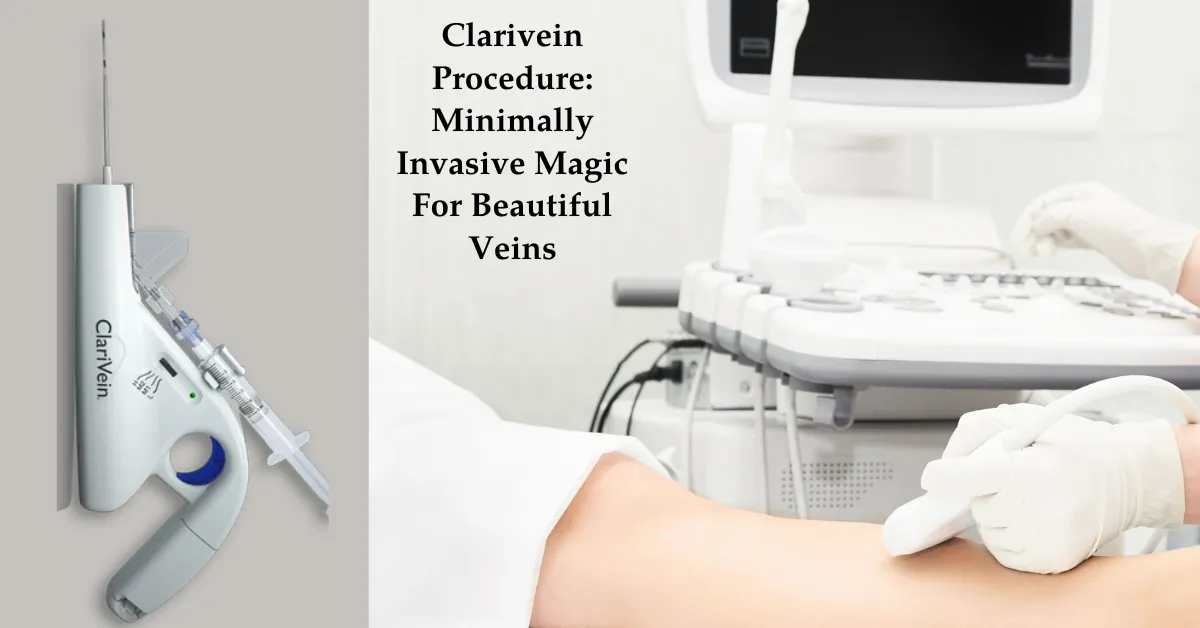Are you tired of struggling with stubborn fat deposits in your calves and ankles despite your best efforts at diet and exercise? You’re not alone! These troublesome areas can be particularly resistant to traditional weight loss methods. Thankfully, there’s a solution that can help you achieve the sculpted legs you’ve been dreaming of: liposuction.
In this article, we’ll delve into calf and ankle liposuction, exploring how this procedure can effectively eliminate unwanted fat deposits and restore your confidence.
Understanding Calves and Ankles Fat Deposits
It’s no secret that the calves and ankles can be some of the most challenging spots to shed excess fat. Factors such as genetics, hormonal changes, and lifestyle choices can contribute to fat accumulation in these areas.
Even dedicated exercises and strict diets might not provide the desired results. This is where liposuction comes into play, offering a targeted approach to tackle those stubborn fat deposits.
Liposuction: An Overview
Liposuction, often referred to as “lipo,” is a well-established cosmetic procedure designed to remove unwanted fat from specific areas of the body. The procedure involves a skilled surgeon using a specialized tool to gently suction out excess fat cells.
While liposuction is commonly associated with larger areas like the abdomen or thighs, advancements in medical technology have made it a viable option for targeting smaller areas like the calves and ankles.
Candidacy and Consultation
Not everyone is an ideal candidate for calf and ankle liposuction, and it’s important to determine if the procedure is suitable for you. Consulting with a qualified plastic surgeon is the crucial first step.
Candidacy for Calf and Ankle Liposuction
- Age Requirements: Generally, candidates should be over 18 and in good overall health.
- Stable Weight: Ideal candidates should have a relatively stable weight to ensure long-lasting results.
- Localized Fat Deposits: Presence of stubborn fat in the calves and ankles that is resistant to diet and exercise.
- Skin Elasticity: Good skin tone and elasticity to ensure proper retraction post-procedure.
- Medical History: Absence of medical conditions that could complicate surgery or recovery, such as diabetes, heart conditions, or issues with blood clotting.
- Non-Smoker: Smoking can interfere with the healing process; non-smokers or those who can quit prior to the procedure are preferred.
- Realistic Expectations: A clear understanding of the results that can be achieved, including the potential risks and complications.
Consultation for Calf and Ankle Liposuction
- Initial Assessment: Discussion of your medical history, lifestyle, and cosmetic goals.
- Physical Examination: An evaluation of the calves and ankles to determine the amount of fat that can be safely removed.
- Customized Plan: Development of a tailored surgical plan that meets your aesthetic goals while ensuring your safety.
- Risks and Complications: Thorough discussion about the potential risks, side effects, and complications associated with calf and ankle liposuction.
- Pre-Operative Guidelines: Instructions about what to do before the surgery, such as dietary restrictions or medication adjustments.
- Post-Operative Care: Information on what to expect during the recovery phase, including activity limitations and wound care.
- Financials: An overview of the costs involved, potential financing options, and what is included in the surgical fees.
- Informed Consent: Final step involves signing consent forms to acknowledge understanding and acceptance of the risks and procedures involved.
The Liposuction Procedure
Curious about what the calf and ankle liposuction procedure entails? Rest assured, it’s a straightforward process. Before beginning, you’ll receive anesthesia to ensure your comfort throughout the procedure. Next, your surgeon will make tiny incisions near the targeted areas. A thin tube, called a cannula, is subsequently inserted to fragment and remove the unwanted fat cells. The procedure’s precision and minimal invasiveness make it a great option for tackling small, localized fat deposits.
Benefits and Expected Results
While the primary goal of calf and ankle liposuction is fat removal, the benefits go beyond that. You can expect improved leg contours and proportions, leading to a more balanced appearance. Clothes may fit better, and you might notice a boost in self-confidence as you proudly show off your sculpted legs.
Hence, the potential outcomes and advantages of calves and ankle liposuction:
- Better Body Contour: Liposuction on calves and ankles can get rid of fat deposits that are difficult to lose with diet and exercise, giving the skin a more toned and sculpted appearance.
- More Self-Assurance: Liposuction can boost a person’s confidence and self-esteem if they are self-conscious about how their calves and ankles look.
- Increased Mobility: Those with extra fat in their calves and ankles may find it uncomfortable or difficult to move about. These problems can be solved, and mobility is enhanced with liposuction.
- Fast Recovery: Liposuction on calves and ankles is frequently done as an outpatient treatment, so the recovery time is minimal.
However, it’s important to have realistic expectations and adherence to post-op instructions will help avoid undesired outcomes. Results vary from person to person, and maintaining a healthy lifestyle post-surgery is key to preserving your new look.
Recovery Process after Liposuction on Calves and Ankles
The length of the liposuction treatment, the patient’s general health and ability to heal, and other factors can all affect how quickly the calves and ankles heal following liposuction. Nonetheless, the following general principles may apply:
- Shortly after the procedure, you can suffer numbness, bruising, swelling, and/or pain in the treated areas. To bring down swelling and promote healing, your doctor probably will advise you to take painkillers and wear compression clothing. Rest and avoiding physically demanding tasks may also be necessary.
- Throughout the first week, you can continue to have bruising and swelling. Your doctor might advise you to take it easy and refrain from putting weight on the places they’ve treated. Moreover, you might need to keep donning compression clothing.
- During the second week, you could start to feel better and be able to resume some activities, but you should continue to refrain from vigorous activity or activities that exert pressure on the areas that have been treated.
- In the third and fourth weeks, you might be able to gradually raise your activity level. However, you should still stay away from strenuous or painful activities.
- Over the following few months, you might still feel some swelling or numbness, but these symptoms should gradually subside. Also, you might need to keep donning compression clothing and adhere to your physician’s rehabilitation advice.
It’s crucial to adhere to your doctor’s detailed recovery instructions, including any prescriptions for medication, physical therapy, or other therapies.
Recovery and Aftercare Tips for Optimal Results
Recovery after calf and ankle liposuction is generally well-tolerated. You might experience some swelling, bruising, and discomfort immediately after the procedure, but these effects typically subside within a few weeks. Following your surgeon’s post-operative instructions is crucial for a smooth recovery. You might be advised to wear compression garments, avoid strenuous activities, and attend follow-up appointments to monitor your progress.
Here’s a comprehensive list of recovery and aftercare guidelines to follow:
- Follow Medical Instructions: Adhere to all post-operative instructions provided by your surgeon. These guidelines are tailored to meet your unique needs and aim to facilitate the most effective healing process possible.
- Wearing Compression Garments: You’ll likely be advised to wear compression garments or special wraps to help reduce swelling, promote circulation, and aid skin retraction. Follow the recommended duration for wearing these garments.
- Manage Pain and Discomfort: Mild discomfort, swelling, and bruising are common after liposuction. To alleviate post-procedure discomfort, your surgeon may prescribe specific pain medication or suggest suitable over-the-counter pain relievers. Follow the dosing instructions carefully.
- Stay Hydrated: Staying well-hydrated by drinking ample water helps support your body’s healing process and maintain healthy circulation.
- Rest and Limit Activities: Initially, you’ll need to rest and avoid strenuous activities. Gradually ease back into your regular routine, but avoid activities that strain the treated areas.
- Avoid Smoking and Alcohol: Smoking can impair healing and increase the risk of complications. Consumption of alcohol may impede the healing process, potentially affecting your recovery, so it’s best to avoid both during your recovery period.
- Diet and Nutrition: Focus on a balanced, nutritious diet to support your body’s healing and minimize inflammation. Include foods rich in vitamins, minerals, and protein.
- Avoid Blood Thinners: Avoid medications and supplements that can thin your blood, as they might increase the risk of bleeding and bruising. Consult your surgeon before resuming any medications.
- Gentle Movement: While avoiding strenuous activities, engage in gentle movements to prevent blood clots and improve circulation. Short walks and leg exercises, as recommended by your surgeon, can be beneficial.
- Attend Follow-Up Appointments: Keep all scheduled follow-up appointments with your surgeon. These visits allow them to monitor your progress, address any concerns, and make adjustments to your aftercare plan if needed.
- Massage: Some surgeons recommend gentle post-operative massages to help reduce swelling and aid in contouring. However, always consult your surgeon before beginning any massage regimen.
- Scar Care: Proper wound care can minimize scarring. Maintain the incision sites clean and follow your surgeon’s recommendations for applying ointments or dressings.
- Sun Protection: Protect treated areas from sun exposure to prevent pigmentation changes. If you need to be in the sun, use sunscreen and cover the areas with clothing.
- Be Patient: Remember that the final liposuction results may take several weeks to months to fully develop. Swelling will gradually subside, revealing your improved contours over time.
- Report Any Concerns: If you experience unusual pain, excessive swelling, infection signs, or any other concerns, contact your surgeon immediately.
- Gradual Resumption of Activities: As your healing progresses and with your surgeon’s approval, you can gradually reintroduce more strenuous activities and exercise routines
Remember that every individual’s recovery is unique, so it’s essential to closely follow your surgeon’s specific instructions. Adhering to these recovery and aftercare guidelines can help ensure a successful outcome from your calf and ankle liposuction procedure.
Risks and Considerations
Like any surgical procedure, calf and ankle liposuction comes with potential risks and considerations. While complications are rare, they can include:
- Bleeding: During liposuction, bleeding is possible. Hematomas and other problems, such as excessive bleeding, can occur.
- Infection: All surgical procedures, including liposuction, run the risk of infection. If an infection is not treated, it may have serious problems.
- Nerve Damage: Nerve damage to the treated area during liposuction might result in numbness, tingling, or other neurological symptoms.
- Skin Irregularities: Liposuction occasionally results in skin irregularities such as dimpling, puckering, or waviness.
- Swelling: After liposuction, swelling is a typical side effect that can last for weeks or even months.
- Anesthesia Complications: During liposuction, anesthesia use can result in issues such as allergic reactions, nausea, and vomiting.
- Deep Vein Thrombosis (DVT): DVT is a potentially fatal disorder in which a blood clot forms in the body’s deep veins. Liposuction can increase the risk of DVT.
- Pulmonary Embolism (PE): A pulmonary embolism can happen when a blood clot that forms in the body’s deep veins breaks off and travels to the lungs.
Choosing a skilled and experienced plastic surgeon greatly minimizes these risks. Be sure to thoroughly discuss any concerns with your surgeon during your consultation.
Alternatives to Liposuction
If you’re hesitant about undergoing surgery or are seeking non-invasive options, there are alternatives to consider. Non-surgical fat reduction treatments, such as cryolipolysis (CoolSculpting) or laser therapy, can be effective for some individuals. However, they might require multiple sessions and may not provide the same level of precision as liposuction.
Conclusion
Say goodbye to those frustrating fat deposits in your calves and ankles! Calf and ankle liposuction offers a targeted solution to stubborn fat, helping you achieve the contoured legs you’ve always wanted.
Remember, the journey begins with a consultation with a certified plastic surgeon who can guide you through the process and determine if this procedure is right for you. With dedication to a healthy lifestyle and the expert assistance of a skilled surgeon, you’ll be well on your way to confidently flaunting your beautifully sculpted legs.
References
https://www.cadoganclinic.com/ask-the-expert/body-and-breast/calf-and-ankle-liposuction
https://www.ncbi.nlm.nih.gov/pmc/articles/PMC7780796/
https://www.parkavenuesmartlipo.com/blog/how-long-does-it-take-to-recover-from-calf-liposuction
https://www.aesthetic-plasticsurgeryparis.com/calf-liposuction
https://dranmolchugh.com/walking-after-having-full-leg-liposuction/









